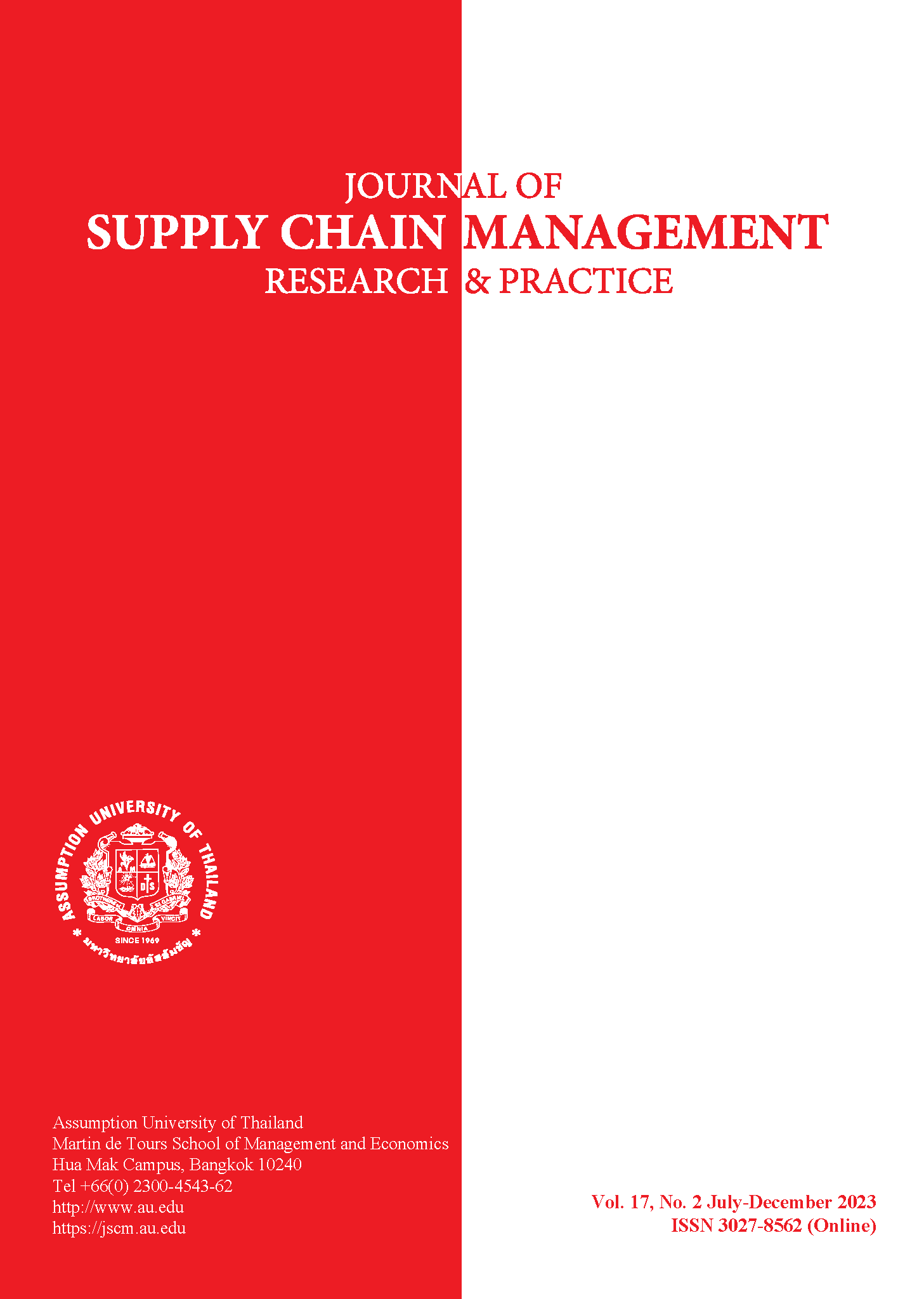AN IMPROVEMENT OF THE LEAD TIME IN COLLABORATIVE DEMAND PLANNING BY APPLYING LEAN SIX SIGMA
Keywords:
CDP, Lean Six Sigma, VSM, Fishbone analysis, FMEAAbstract
This study applied the Lean Six Sigma methodology to improve the lead time of Collaborative Demand Planning (CDP) which is done every month to identify the supply and demand, forecasting, and replenishment in HELP International, which is a humanitarian organization. The CDP is crucial in the organization so that the right items with the right quantities are distributed to the beneficiaries on time. Using the Lean Six Sigma by adopting the Define-Measure-Analyze-Improve-Control (DMAIC) concept, the problem was defined, the collected data was analyzed, the factors affecting the longer CDP process lead time were identified, the action plan was recommended for improvement, and the control plan was proposed to be sustainable. The Value Stream Map (VSM) Lean tool was used to have a better understanding of the current process, and the Fishbone analysis was conducted in the measure phase of DMAIC. As a result, the organization found out that the main causes were the steps of CDP, which are reviewing, finalizing the presentation slides, validation process, and reviewing the MRP messages.
To eliminate these factors and improve the lead time, the Failure Mode and Effect Analysis (FMEA) was utilized, and the action plan was recommended for process improvement. Finally, the Lean Six Sigma concept has helped the organization to reduce the CDP lead time from 14 working days to 7 working days, and it enabled to assist the beneficiaries affected by armed conflict and other violence on time.


